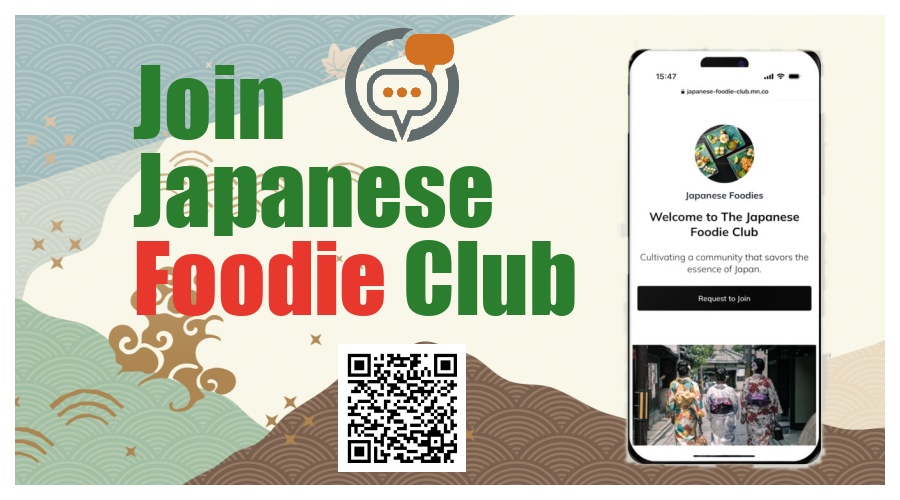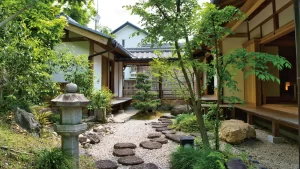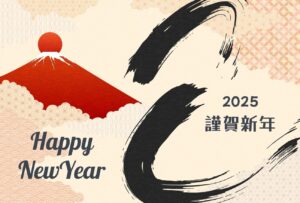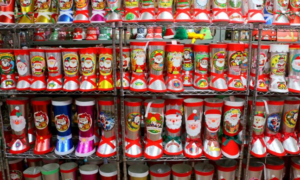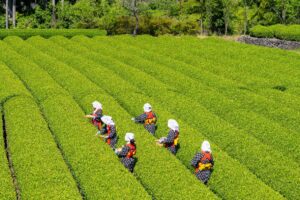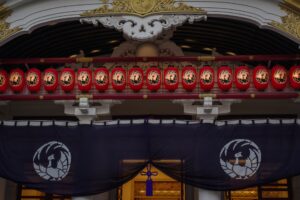February 3rd Is the Day of the Setsubun Festival!
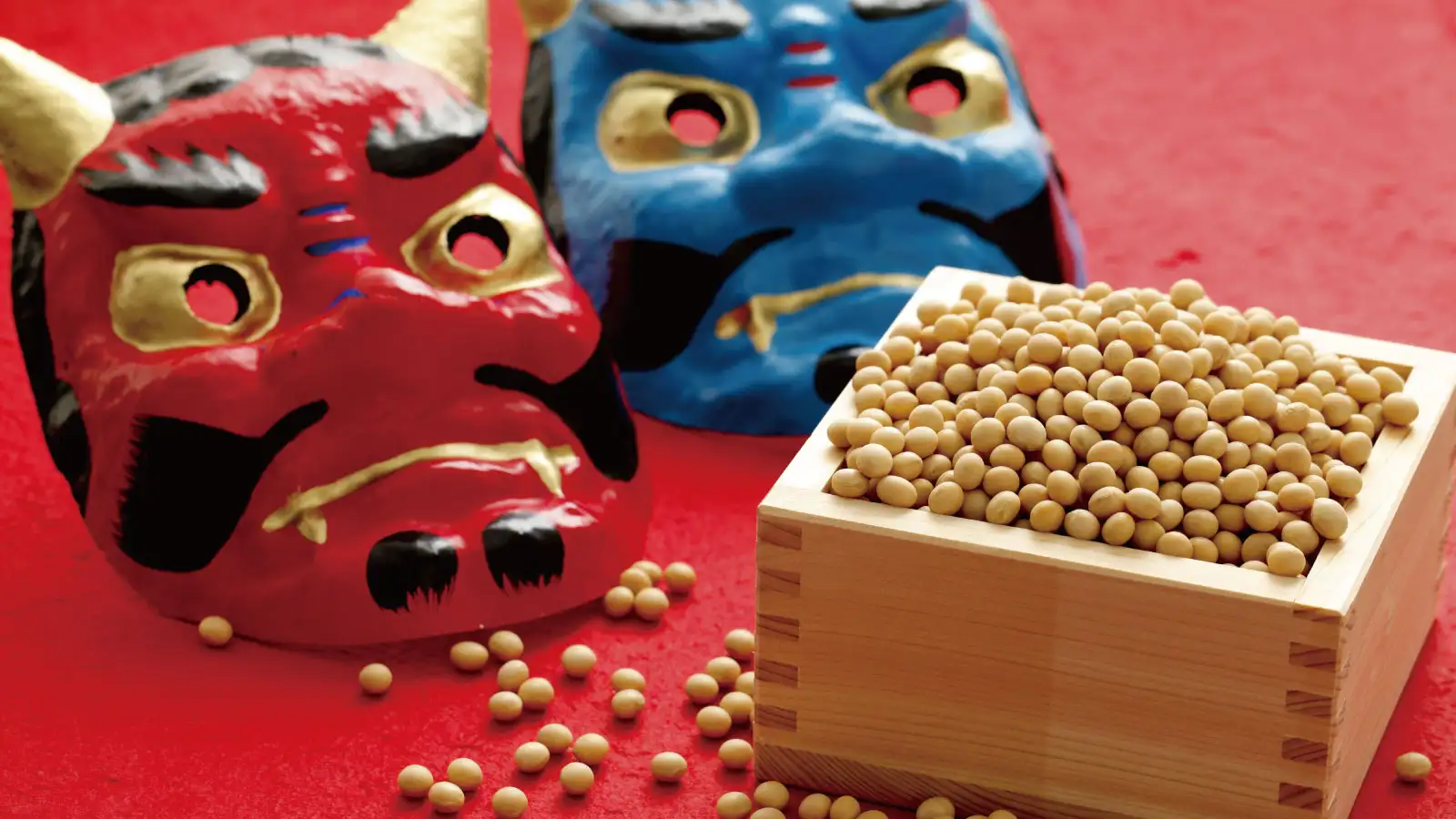
Setsubun is a traditional Japanese event to pray for good health and happiness throughout the year. Setsubun is held in various ways at shrines and temples all over Japan, and many people come to pray. Many people hold Setsubun in their communities, and some even hold it at home. Here’s an introduction to what Setsubun is all about!
When is Setsubun?
In Japan, there are four seasons, and the date when each season begins is set on the calendar. This was originally derived from Chinese culture, and is determined according to the Chinese seasons, which are slightly different from the actual seasons in Japan.
The day of Setsubun is usually around February 3, the day before Risshun (the first day of spring). The date of Risshun differs from year to year, so it is not always the same every year, but in 2022, it will be February 3.
“Setsubun” means the day between two seasons and was originally held on the day before the beginning of each season. However, in the lunar calendar, Risshun was considered to be the beginning of the year, and eventually, as we know it today, it was held only on the day before Risshun.
Mamemaki (bean scattering)
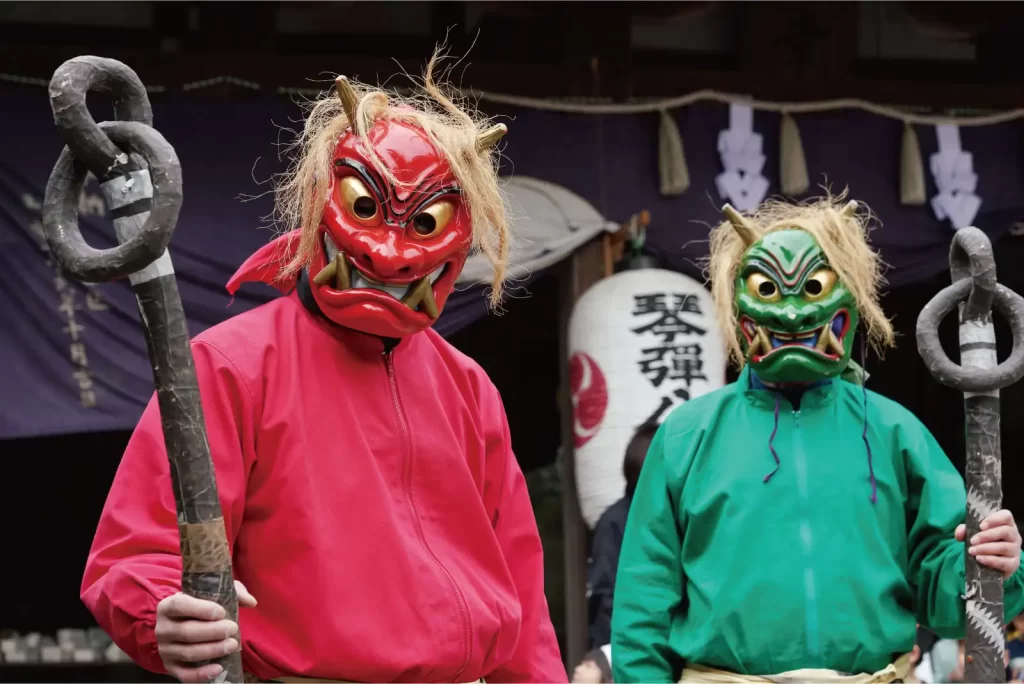
On Setsubun day, people throw beans at demons.
Demons are the symbol of evil spirits and bad luck. In Japan, it has been believed since ancient times that unseen disasters, diseases, famines, and other horrible events beyond human imagination are the work of demons. To drive away these demons, soybeans are scattered. Soybeans were believed to be inhabited by grain spirits. So, on Setsubun day, we throw beans at the demons to repel them.
In reality, someone is chosen to play the role of the demon in the event, and that person wears a demon mask and a demon costume. The others say to that person, “Oni wa soto! Fuku wa uchi!” and the demon player goes away.
After the event, we eat as many beans as the age of the person. The beans are baked, so you can eat them as they are, and they are delicious, just like a snack.
Ehomaki (sushi roll)
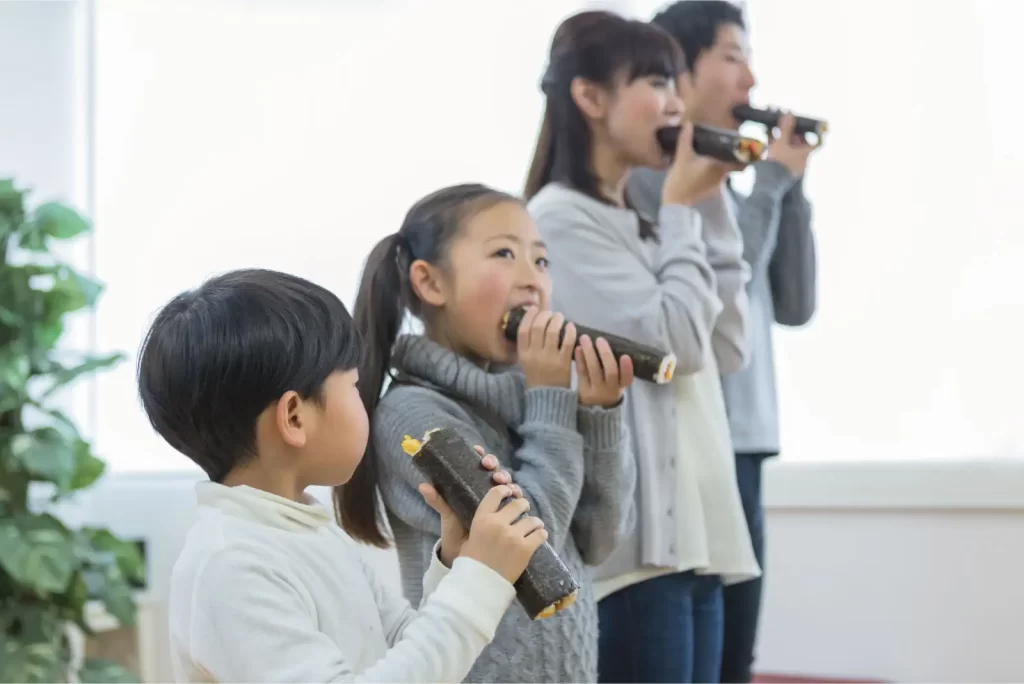
Ehomaki is a cultural tradition in which rice and other ingredients are wrapped in nori (seaweed) and bitten into while facing the lucky direction of the year and making a wish.
The rule is to eat it all at once in silence.Various ingredients are used depending on the family, but it is said that it is best to include seven different ingredients because of the “seven” lucky gods. In recent years, sushi restaurants, supermarkets, and convenience stores have been offering a variety of ehomaki.

